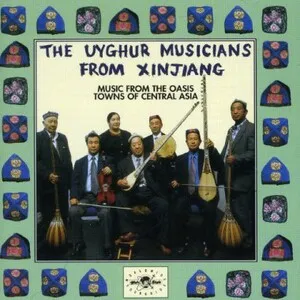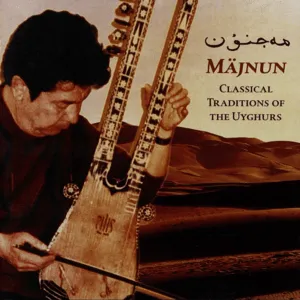Uyghur music is the traditional and contemporary music of the Uyghur people of Xinjiang (historically, East Turkestan) in western China. It is best known for its grand suite tradition, the Twelve Muqam, which combines instrumental preludes, ornate vocal solos, choral refrains, dance songs, and narrative episodes.
Its sound world is shaped by plucked lutes such as dutar, rawap (rewap), tambur, and satar, bowed ghijak, frame drums (dap), and end-blown flutes (nay), often performed in heterophonic textures. Modal systems related to the broader maqām/maqāmic world underpin melody and improvisation, while rhythmic cycles range from measured grooves in 2/4, 6/8, and 9/8 to flexible, recitative-like sections.
Beyond the courtly muqam heritage, village dance repertoires (e.g., meshrep), epic singing, and contemporary folk-pop reveal rich regional styles from Kashgar and Yarkand to the Dolan oases, reflecting centuries of cultural exchange along the Silk Road.
Uyghur musical culture formed at the crossroads of the Silk Road, absorbing and transforming elements from Persian, Arabic, Turkic, and Chinese court and folk traditions. While earlier layers reach back many centuries, the canonical Twelve Muqam coalesced in the 1500s, associated in Uyghur tradition with Amanisa Khan of the Yarkand Khanate.
From the 16th century onward, professional court and urban musicians elaborated large-scale muqam suites, while village contexts sustained dance songs (including meshrep gatherings), epics, lullabies, and work songs. Instruments such as dutar, rawap, tambur, satar, ghijak, dap, and nay became emblematic, and performance practice emphasized modal (muqam) thinking, melodic ornamentation, and responsorial singing.
In the early to mid-20th century, master performers such as Turdi Akhun transmitted extensive muqam knowledge, some of which was recorded and notated during the 1950s–1960s. The Cultural Revolution disrupted traditional practice, but subsequent decades saw state ensembles and scholars help revive and stage muqam and regional styles.
In 2005 (incorporated into the Representative List in 2008), the "Uyghur Muqam of Xinjiang" was inscribed by UNESCO as Intangible Cultural Heritage, accelerating preservation, research, and staged performance. Since the 2000s, artists have further expanded the palette: some pursue historically informed muqam, while others fuse Uyghur melodies and rhythms with folk-rock, pop, and global genres—carrying Uyghur music into international festivals and diasporic venues.
Today, Uyghur music lives in multiple settings—local ceremonies, conservatories, state troupes, independent stages, and diasporic scenes. Despite challenges, the tradition’s modal language, poetic texts, and dance-driven rhythms continue to evolve, sustaining a distinct Uyghur musical identity.

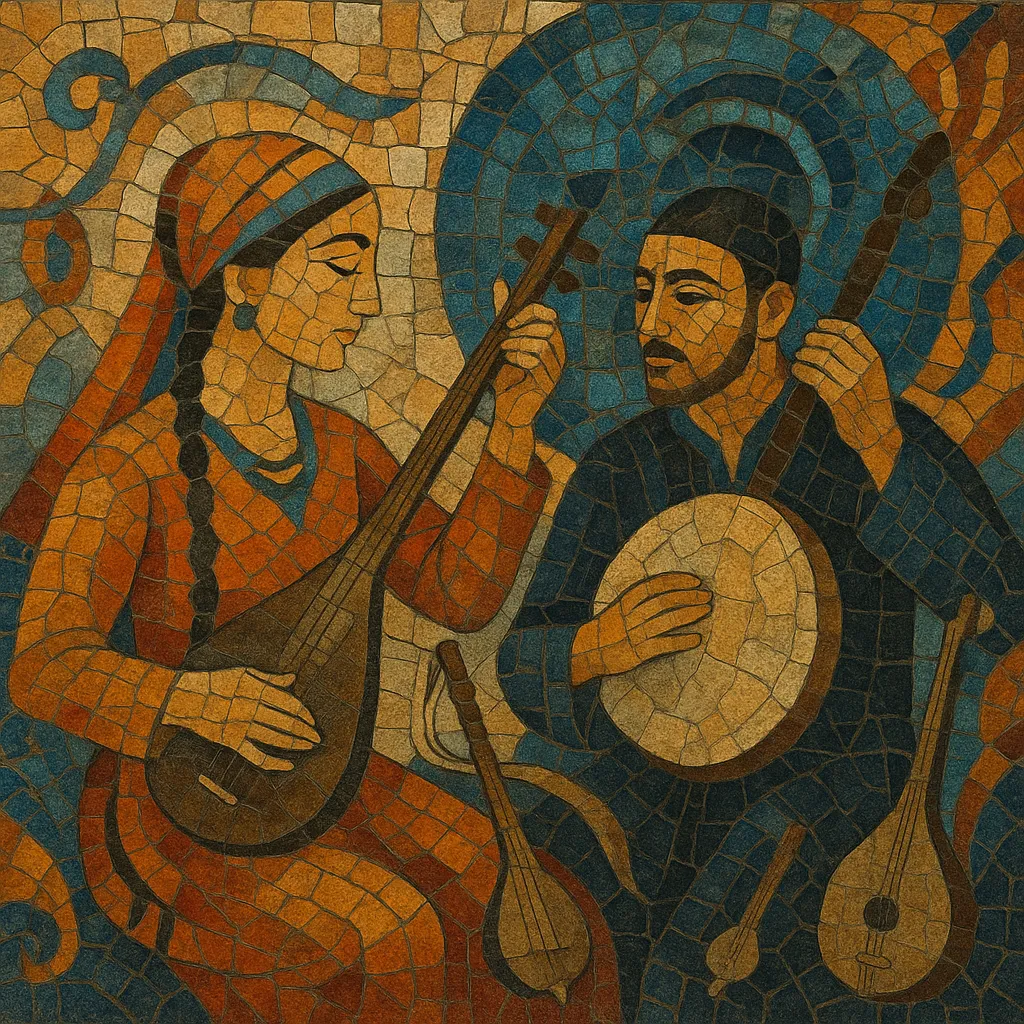
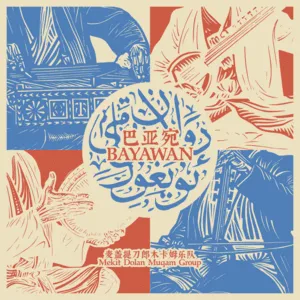
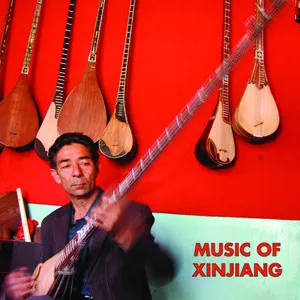
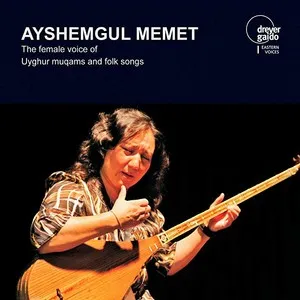
%2C%20Cover%20art.webp)
